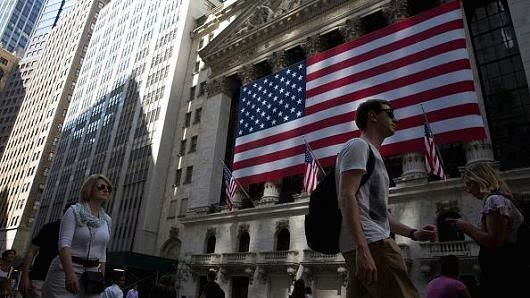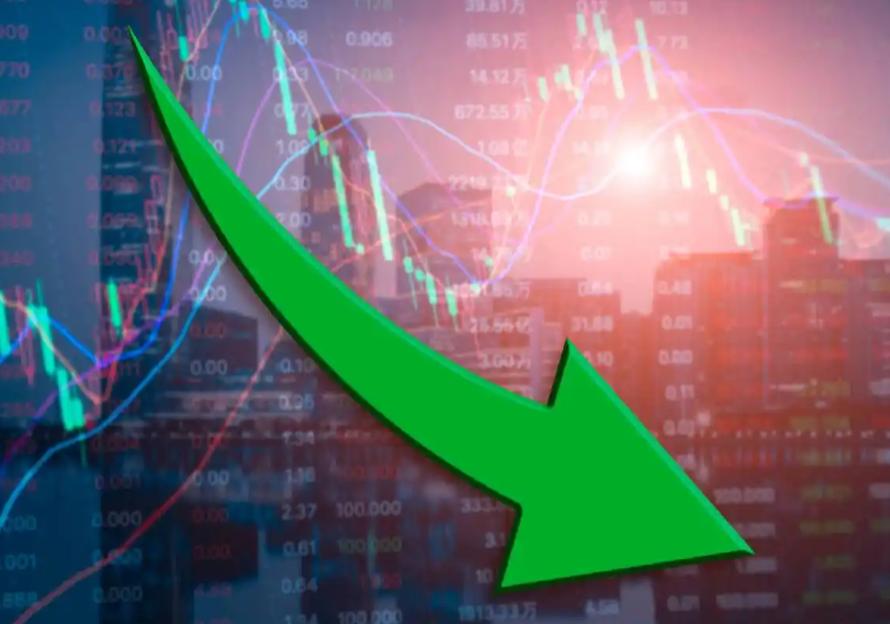
Recently, there has been a wave of rising dividend payouts in the US financial sector. According to Interface News, after successfully passing the Federal Reserve's annual stress test, several large banks including JPMorgan Chase, Goldman Sachs, Bank of America, Morgan Stanley, and Citigroup announced on June 28th local time that they would increase their dividends. This news quickly attracted widespread attention and discussion in the market. However, behind this capital frenzy, we cannot help but wonder: is this decision to raise dividends really so reasonable?
Firstly, let's take a look at the background of this decision. The annual stress test of the Federal Reserve is a comprehensive assessment of a bank's capital adequacy ratio and risk resilience. This year, a total of 31 banks participated in this test and all passed the evaluation, indicating that these banks have sufficient capital to cope with potential economic shocks. This undoubtedly provides strong support for banks to increase their dividend payouts.
However, blindly increasing dividends simply because banks have sufficient capital is clearly too simplistic and one-sided. We need to deeply analyze the logic and motivation behind this decision.
On the one hand, banks may increase their dividend payouts to attract investors and boost stock prices. In the current financial environment, investors are cautious about the profitability and future development prospects of banks. Therefore, banks demonstrate their strong profitability and stable operating conditions by increasing dividend payouts, thereby attracting more investors and boosting stock prices. This approach may bring certain market effects in the short term, but in the long run, if the profitability of banks cannot continue to improve, then this stock price increase is just a castle in the air.
On the other hand, banks may increase their dividend payouts to give back to shareholders and maximize shareholder value. However, in the pursuit of maximizing shareholder value, banks need to weigh various factors, including capital adequacy ratio, risk resistance, and business development needs. If banks ignore these factors while increasing their dividends, it may have a negative impact on their long-term development.
What is even more alarming is that this wave of rising dividends may exacerbate the risks in financial markets. Firstly, increasing the bank's dividend payout may increase its financing costs. In an environment of rising interest rates, banks need to pay higher interest rates to attract deposits and issue bonds. This will lead to an increase in the cost of funds for banks, thereby compressing their profit margins. If the profitability of a bank cannot withstand this pressure, there may be liquidity risk or even credit risk.
Secondly, increasing bank dividend payouts may exacerbate volatility in the financial market. Driven by rising dividend payouts, the stock price of banks may rise rapidly. However, once the market environment changes or banks encounter operational problems, stock prices may also rapidly decline. This fluctuation not only causes losses to investors, but also has a negative impact on the stability of the financial market.
In addition, increasing bank dividend payouts may also trigger moral hazard in the financial market. Some banks may excessively increase their dividends in pursuit of short-term benefits, and even sacrifice their long-term development prospects. This behavior not only damages the reputation and credibility of banks, but also has a negative impact on the healthy development of the entire financial market.
In summary, although major US banks have successively announced higher dividend payouts, it has demonstrated their strong capital strength and profitability, but also exposed some potential risks and problems. In the pursuit of maximizing shareholder value, banks need to balance various factors to ensure stable operation and sustainable development. At the same time, regulatory authorities also need to strengthen their supervision and evaluation of banks to ensure the stability and healthy development of financial markets.
For investors, we need to maintain a clear mind and rational judgment. When investing in banking stocks, we need to focus on multiple aspects such as the bank's profitability, capital adequacy ratio, and risk resistance, rather than just pursuing short-term dividend payouts. Only in this way can we steadily profit in the financial market and achieve long-term appreciation of wealth.

On the morning of November 18th local time, the stock markets of Japan and South Korea opened with a sharp decline.
On the morning of November 18th local time, the stock marke…
Countless AI agents are transitioning from isolation to col…
In November 2025, a sudden political storm swept through th…
The data recently disclosed by South Korea's Ministry of La…
Recently, according to The US industry media SeafoodSource,…
As the gunfire in the Gaza Strip gradually subsided in the …